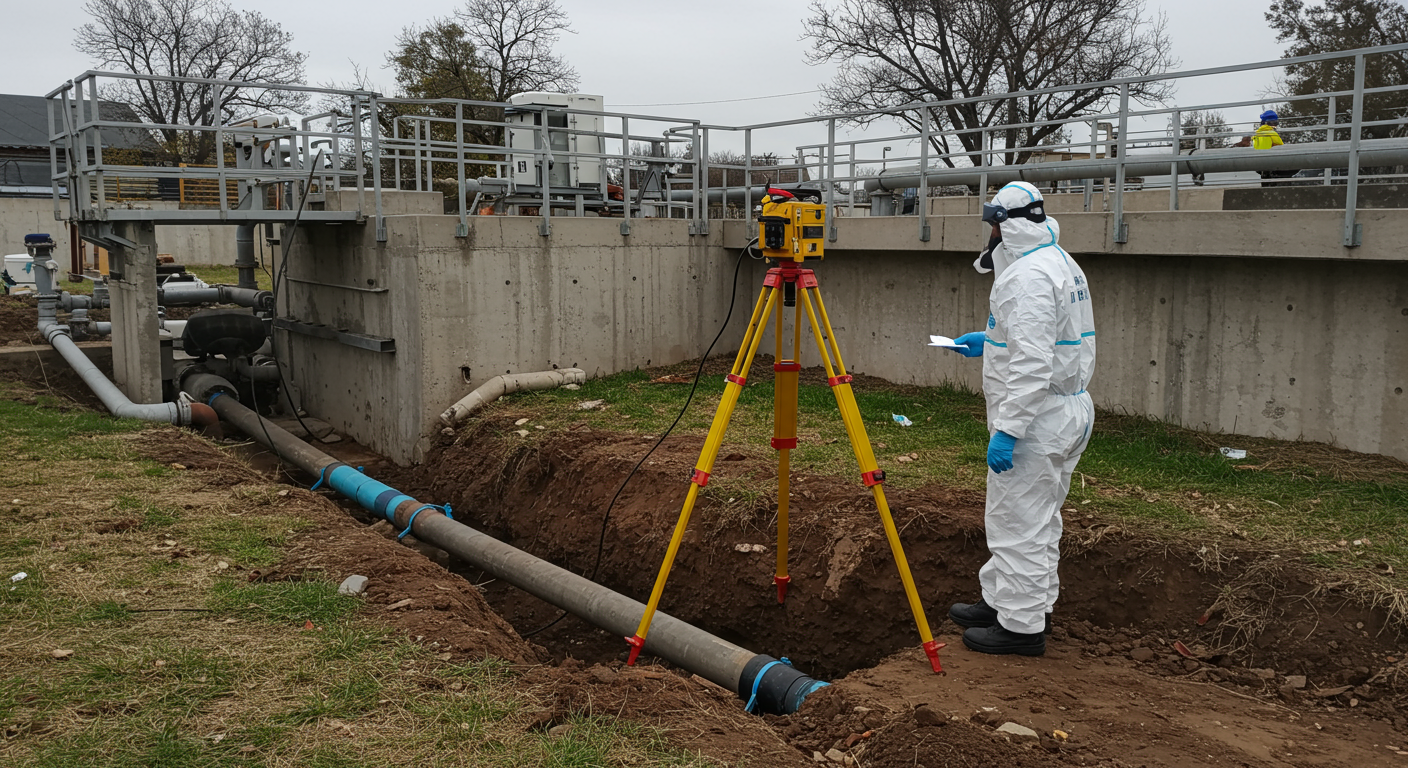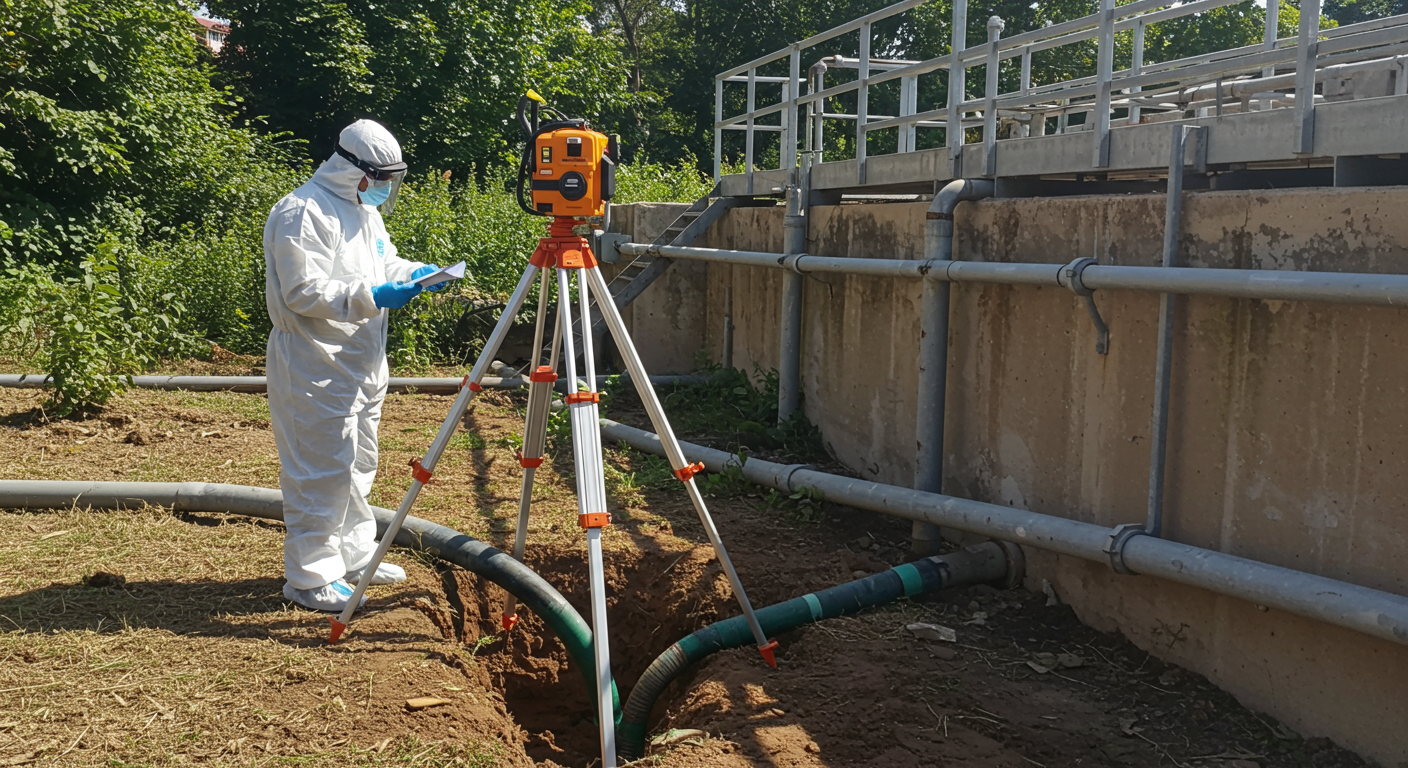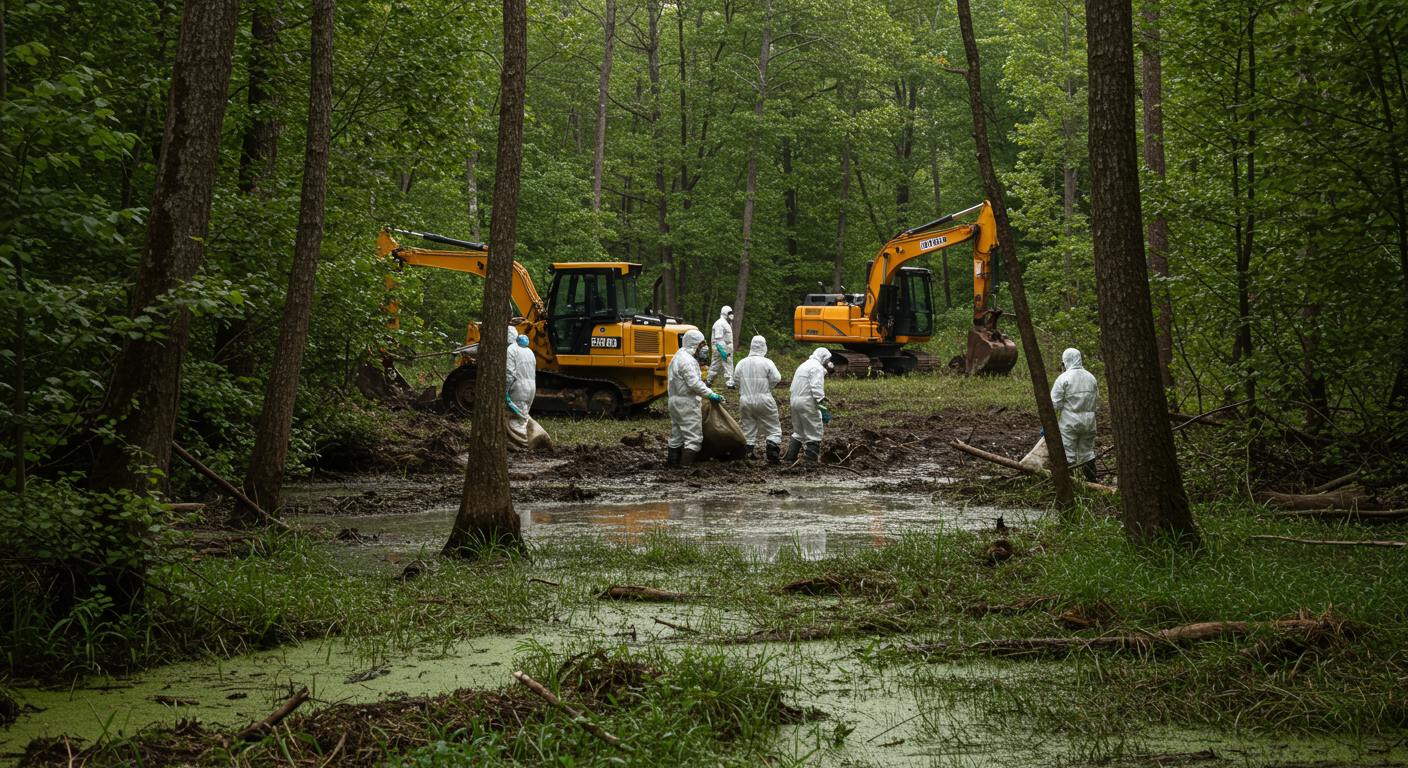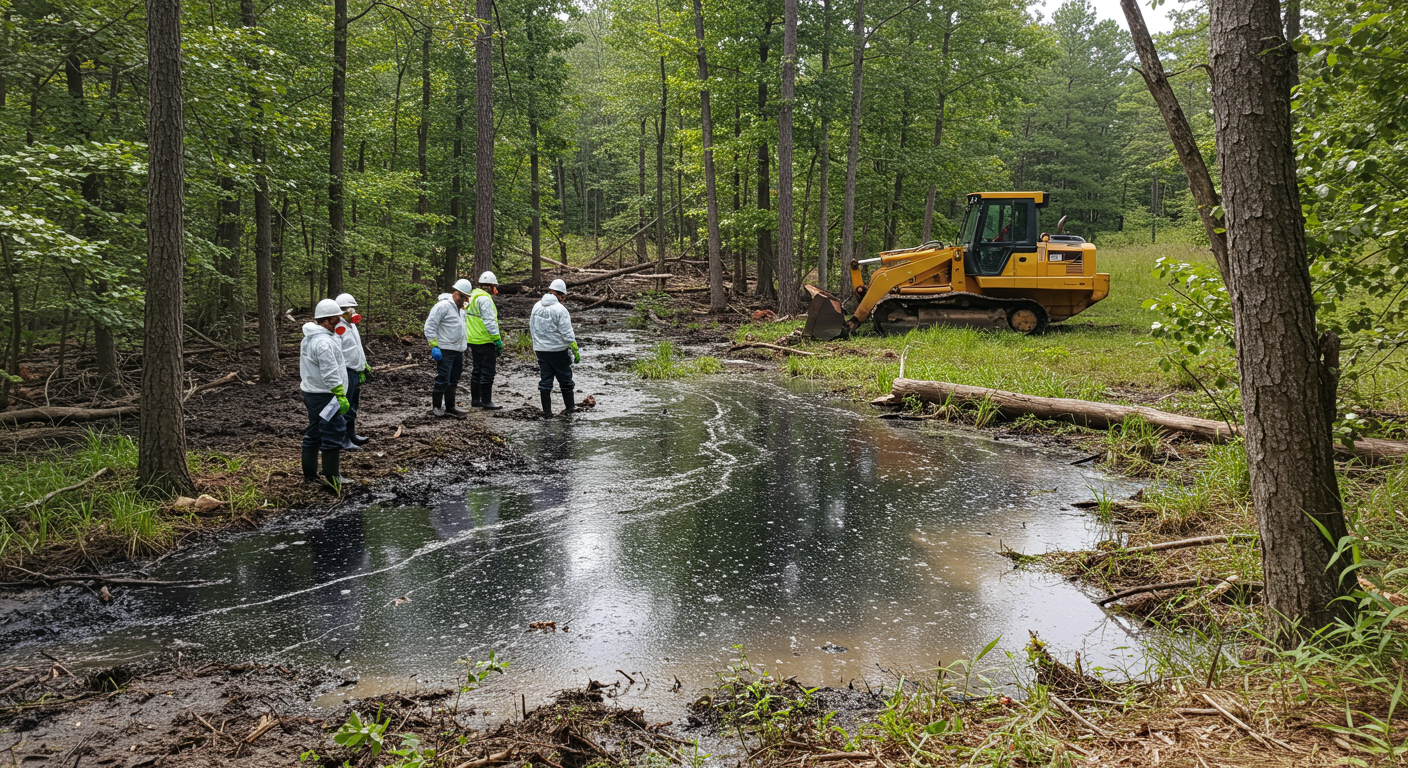- 1. Understanding Pollution Liability Coverage
- 2. Regulatory Drivers for Government Agencies
- 3. Common Pollution Risks Faced by Public Entities
- 4. Key Policy Features and Endorsements
- 5. Coverage Limits and Deductible Structures
- 6. Claims-Made vs. Occurrence Form Policies
- 7. Risk Management Best Practices
- 8. Coordination with Environmental Regulations
- 9. Case Studies of Government Agency Claims
- 10. Selecting the Right Insurance Partner
- Conclusion
1. Understanding Pollution Liability Coverage
Pollution liability coverage protects government agencies against costs linked to environmental incidents. It addresses pollution events such as chemical spills, groundwater contamination, and toxic releases. Standard general liability policies often exclude pollution claims. Pollution liability insurance steps in to cover on-site and contractor-caused incidents.
Coverage can include legal defense, cleanup costs, third-party bodily injury, and property damage. Government agencies must understand policy triggers—claims-made or occurrence—and the scope of coverage for gradual, sudden, or accidental pollution. A clear grasp of definitions, exclusions, and reporting requirements ensures agencies secure the right protection and avoid gaps in coverage.

2. Regulatory Drivers for Government Agencies
Federal and state laws drive the need for pollution liability coverage. Key regulations include the Comprehensive Environmental Response, Compensation, and Liability Act (CERCLA) and the Resource Conservation and Recovery Act (RCRA). Agencies managing public works, water treatment, or waste disposal must comply with these standards or face fines.
Environmental audits, permits, and reporting obligations add complexity. Pollution liability insurance helps satisfy regulatory requirements by demonstrating financial assurance for cleanup costs. Many states require public entities to carry environmental insurance before issuing construction or operational permits. Staying current on regulatory changes helps agencies align coverage with evolving compliance demands.
3. Common Pollution Risks Faced by Public Entities
Public entities face diverse pollution risks. Wastewater treatment plants risk chemical leaks and sludge spills. Landfills may see leachate migration into groundwater. Road maintenance operations can release diesel, heavy metals, and salt. Parks and recreation areas handle pesticides, herbicides, and fuel storage. Emergency services may accidentally discharge firefighting foams containing PFAS chemicals.
Each scenario can result in property damage, natural resource damage, or health impacts. Contractors working for government agencies introduce additional risks, especially when legacy contamination or unknown underground storage tanks are present. Understanding these common risks guides policy selection and risk management efforts.

4. Key Policy Features and Endorsements
Pollution liability policies for government agencies include core features and optional endorsements. Core features cover legal defense, third-party bodily injury, property damage, and cleanup costs. Claims-made policies trigger coverage based on when a claim is reported; occurrence policies depend on when the incident occurred. Common endorsements include contractor’s pollution liability, sudden and accidental coverage, and coverage for non-owned disposal sites.
Additional endorsements address mold, lead, asbestos, and emerging contaminants like PFAS. Agencies should consider voluntary cleanup program coverage and cleanup cost cap endorsements to manage large-scale remediation projects. Reviewing policy language on pollution conditions, defined events, and reporting requirements is crucial.
5. Coverage Limits and Deductible Structures
Choosing appropriate coverage limits and deductible structures helps balance protection with budget constraints. Limits often range from $1 million to $50 million, depending on agency size and risk profile. Higher limits protect against catastrophic environmental events but come with higher premiums. Deductibles may be expressed as a flat dollar amount, a percentage of the limit, or a cost-sharing arrangement between the agency and contractors.
Some policies offer tiered deductibles: lower for third-party claims, higher for cleanup costs. Aggregate limits cap the total payout over the policy period; per-occurrence limits cap individual claims. Agencies should model potential worst-case scenarios and select limits that align with regulatory and contractual requirements.

6. Claims-Made vs. Occurrence Form Policies
Claims-made and occurrence policies differ in coverage triggers. Claims-made policies cover claims reported during the policy period or an extended reporting period, regardless of when the incident occurred. They typically cost less up front but require continuous renewal or purchasing tail coverage to protect against delayed claims.
Occurrence policies cover incidents that occur during the policy period, even if reported years later. They offer greater long-term certainty but carry higher premiums. Government agencies with stable risk profiles and long-term environmental liabilities may favor occurrence forms.
Agencies with budget cycles and changing risk profiles may prefer claims-made policies but must budget for potential tail coverage.
7. Risk Management Best Practices
Effective risk management reduces pollution exposures and insurance costs. Start with a comprehensive environmental risk assessment to identify vulnerabilities. Implement standard operating procedures for handling, storage, and disposal of hazardous materials. Train staff on spill response, emergency procedures, and regulatory reporting.
Maintain equipment inspections and preventive maintenance schedules for tanks, pipelines, and treatment systems. Establish spill response teams and conduct regular drills. Keep detailed records of inspections, permits, and training logs to support insurance claims and regulatory audits.
Engage environmental consultants to conduct periodic audits and recommend improvements. Integrate pollution prevention into procurement and contractor selection processes.
8. Coordination with Environmental Regulations
Coordinating insurance coverage with regulatory obligations ensures comprehensive protection. Agencies should map policy coverage to permit requirements for air, water, and waste management. Consult legal and environmental experts to interpret permit bonds, financial assurance mechanisms, and cleanup obligations.
Use insurance endorsements to satisfy state voluntary cleanup program requirements. Ensure policy definitions align with regulatory definitions of pollution conditions and remediation standards. Maintain open communication with regulators on insurance adequacy during permit renewals or environmental audits.
Agencies may benefit from insurance programs endorsed by industry associations or state agencies, which often provide standardized forms and negotiated premium rates.
9. Case Studies of Government Agency Claims
City water authority: A containment tank failure led to a chemical spill contaminating groundwater. Pollution liability coverage provided $5 million for cleanup and third-party property damage. The policy’s sudden and accidental coverage endorsement expedited response. County landfill: Leachate migrating off-site triggered a lawsuit from neighboring landowners.
An occurrence form policy with a $10 million limit covered legal defense and settlement costs. Transit agency: Diesel spill during bus depot refueling required immediate soil remediation. Contractor’s pollution liability endorsement covered the cleanup, avoiding budget overruns.
Each case highlights the value of tailored endorsements, appropriate limits, and proactive risk management in minimizing financial and reputational impacts.

10. Selecting the Right Insurance Partner
Choosing the right insurance partner is critical for government agencies. Look for carriers with specialized environmental insurance divisions and experience with public entities.
Evaluate carrier financial strength ratings to ensure long-term claim-paying ability. Review claims handling record, response times, and claimant satisfaction scores. Seek insurers offering risk control services, environmental audits, and training resources. Compare policy forms, endorsements, and pricing across multiple carriers. Consider participating in public entity insurance pools or joint programs for economies of scale and shared expertise.
Establish clear communication channels with underwriters and claim specialists. A collaborative partnership helps agencies adapt coverage to changing regulations, evolving risks, and budget cycles.
Conclusion
In conclusion, exploring pollution liability coverage is essential for government agencies to mitigate environmental risks and ensure compliance with regulatory demands. Understanding the nuances of coverage types, regulatory drivers, and effective risk management practices can guide agencies in selecting appropriate policies and partners, thus safeguarding public assets and promoting environmental stewardship.
